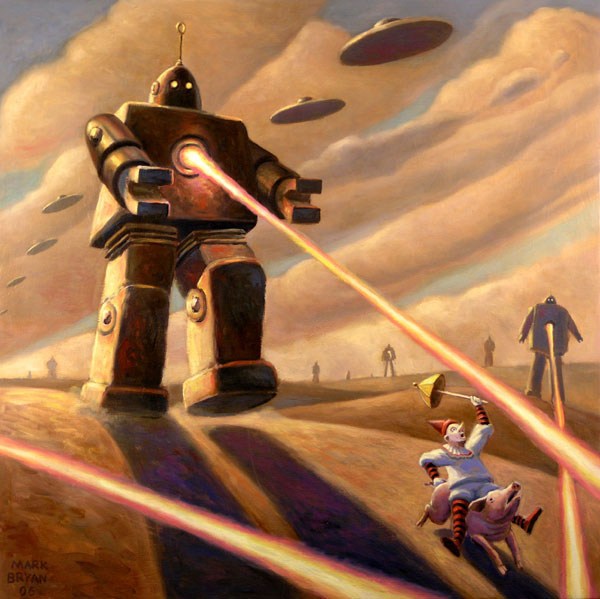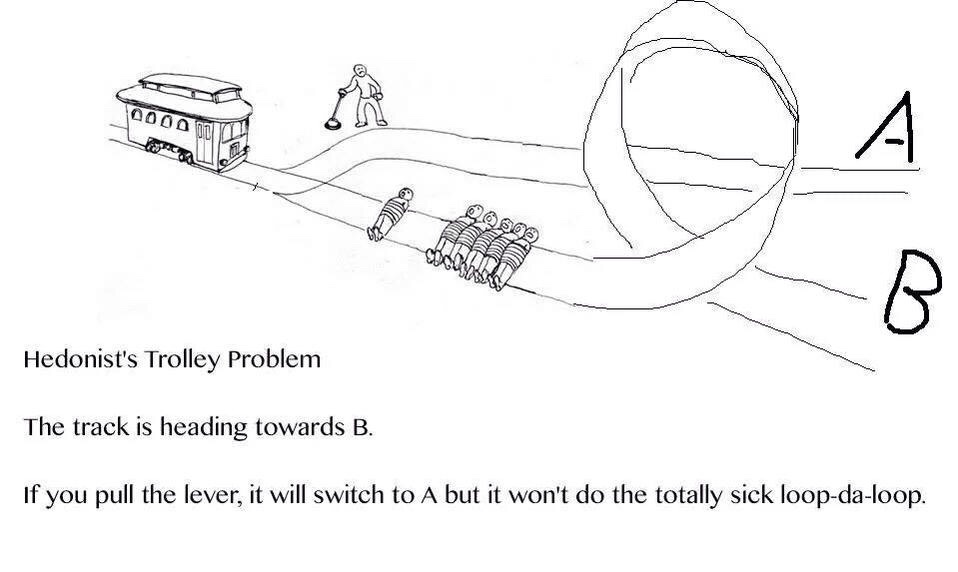I have previously argued that the history of species must be treated like a evolutionary trajectory: we can only appreciate a species in a relative sense, just as we must evaluate physical trajectories relative to our own motion.
But what happens when we try to measure the very small in physics? We find there is a limit to the precision at which we can measure, as given by the uncertainty principle.
This suggests that there may be some similar limit when it comes to measuring small changes in species. The more we try to pin down exactly what a species is, the less sure we will be about its future and the more we measure the direction the species is heading, the less sure we will be about exactly what constitutes that species.
If genetic drift is just another way of saying that we cannot pin down the exact genetic make-up of a species then drift may be considered to be an instance of the uncertainty principle.
and HAPPY NEW YEAR



That’s an interesting idea.
But I’m not sure I understand exactly what analogues you have in mind for the position and momentum observables. Could you say a little bit more about that? Is X analogues to the choice of a gene pool, and P analogous to allele frequency?
You are right in identifying the position observable to be (approximately) analogous to the gene pool.
Allele frequency doesn’t quite cover the momentum analogue, though. Momentum has an associated directional component to it and, while frequencies may illustrate probabilities based upon historical or current data, it does not suggest the current direction of change.
For example, we may know the allele frequency of having red hair and hence can calculate the approximate number of people who will have red hair. What these frequencies do not tell us is whether the trait of having red hair is disappearing from our genetic make-up. I recall that there was such a report recently.
And while the reports of red hair disappearing from our species were exaggerated, it this sort of measurable vector quantity (a direction of allele increase or decrease) that is required to make the analogy. To make this clearer lets assume that at some point in the distant future we will eventually lose our pinky toes. This obviously requires a more significant genetic change than the recessive genes that cause red-headedness, and still isn’t a completely unreasonable thing to believe will happen.
If we decide that we will lose our pinky toes and are still the same species, then our classification of being human must allow for the genetic variability of both having and not having a fifth toe. With this amount of genetic variability assumed in the genetic classification of our species, then any similar change (or smaller) must also not change the classification.
If we decide that we will lose our pinky toe but are no longer the same species, we get the same conclusion: When our classification of being human does not allow for the genetic variability of both having and not having a fifth toe then any similar change (or larger) must also change the classification.
Therefore, by specifying the precision of the change (for or against) that our species may undergo, the precision of the classification of the species is inherently specified to some degree.
Likewise, if we are to specify a certain amount of variability (or lack thereof) allowed in the gene pool we will limit our ability to predict the direction of how our species will change. Less variation will mean that fewer possibly genetic combinations can be considered and hence the grounds upon which we predict our genetic future will be shakier.
I hope this helps / makes sense.